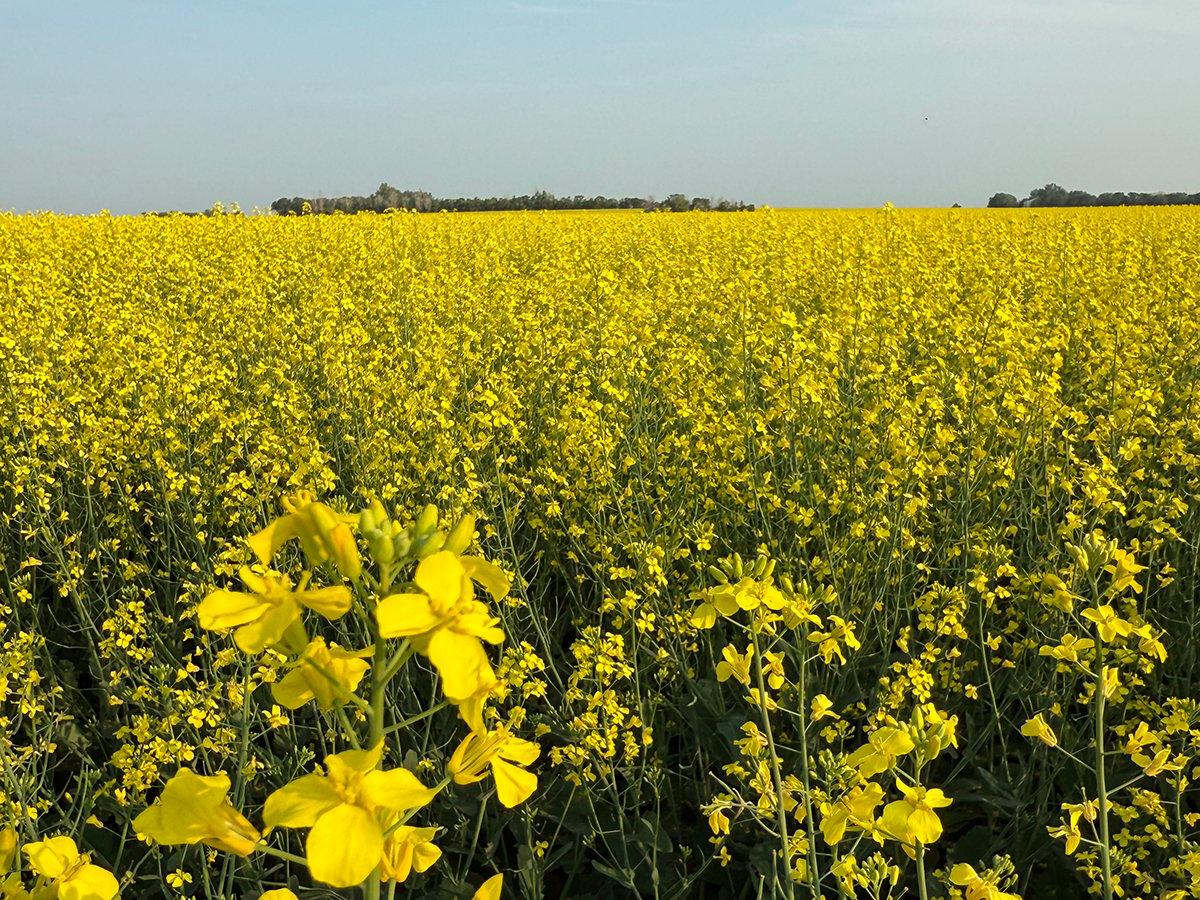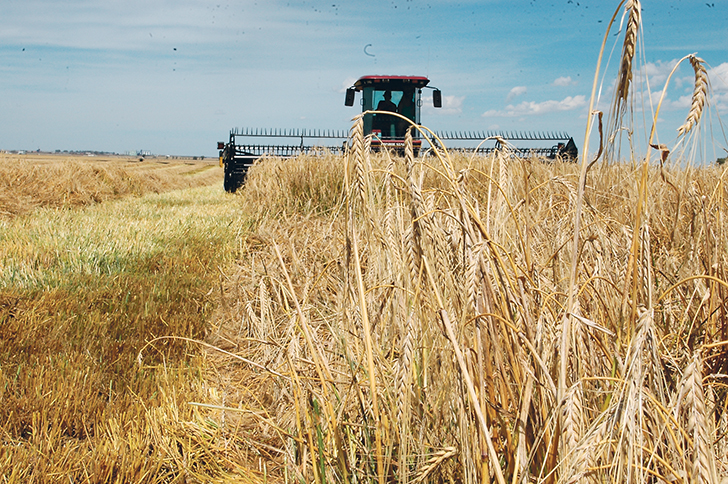Barley is as old as farming itself, and researchers are hoping to confront today’s challenges with traits left behind in the mists of the agricultural past.
That might mean going all the way back and re-domesticating the sort of wild barley varieties that the first farmers found around them and saving genetics from farmed varieties that have been abandoned.
“There’s so much more than we have in our domestic crop. We just can’t get access to it,” University of Guelph researcher Duane Falk said during last month’s Canadian Barley Symposium in Winnipeg.
Read Also

Canola support gets mixed response
A series of canola industry support measures announced by the federal government are being met with mixed reviews.
“Why don’t we just go back and re-domesticate it?”
That doesn’t merely mean searching through wild and abandoned barley varieties, finding useful traits and trying to snatch them and insert them into modern varieties.
“Why don’t we just go the other way around, and instead of taking a gene out of (wild barley varieties), put a gene (from modern barley into wild barley types.)”
Like most crops, barley was created by primitive farmers isolating the best-seeming wild plants and concentrating on the best ones in order to produce better and better seeds.
That has produced spectacularly successful modern crops but has also ignored the thousands of wild varieties that could contain useful traits. It has also left modern crops such as barley with a narrow genetic base.
Falk said wild barley contains elements of disease resistance, environmental hardiness and other agronomic traits that could help modern farmers.
“There are lots of things going on in barley that could be improved considerably,” said Falk.
British researcher Sarah de Vos of the New Heritage Barley Centrum in Norwich said consumer de-mands are creating a market for barley varieties that contain different characteristics than are generally present in today’s leading varieties.
As a result, her group has been looking at old varieties to see if formerly grown barley could provide valuable traits for contemporary barley.
Beer drinkers and barley food eaters are demanding different types of flavours and want their food demonstrate certain values, such as ensuring soil health, she said.
Old varieties might contain some of those characteristics, and consumers might be willing to pay for them.
“Consumers can drive the added-value production,” de Vos said.
Barley might have been developed as a crop from only one or two plants, which were isolated and grown out. Yet there are a huge number of varieties in the wild, growing all the way from the shores of the Dead Sea to the foothills of the Himalayas.
That range contains agronomic treasures that can only be guessed at, but there is no question that the challenges of climate change could make the crop’s ability to find ways to survive in everything from desert to mountains useful in coming years.
Falk said wild varieties are tough to work with because they have seeds that mature at different times, shed independently and don’t want to separate from hulls and other surrounding material.
However, within those unco-operative seeds might be answers to some of barley’s present conundrums.
“We’re accelerating (breeding with wild varieties) by using growth rooms, field selection, winter nurseries, trying to eliminate or at least reduce the bottlenecks of the past so we can recapture a lot of the diversity that’s still out there,” said Falk.
















